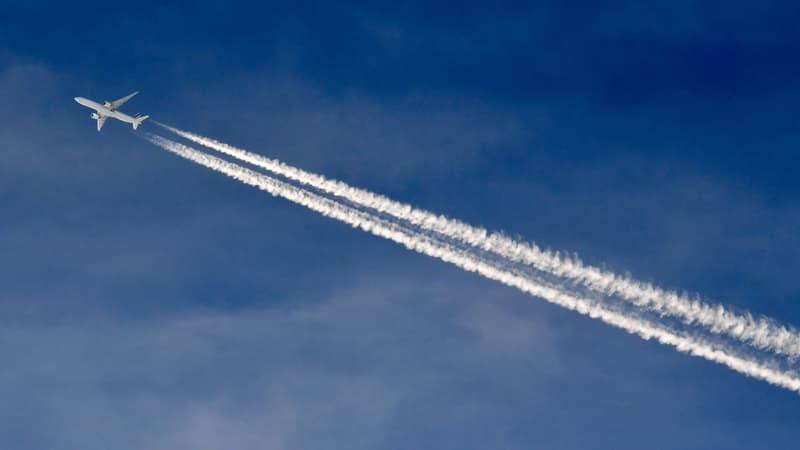The growth of world air traffic and the replacement by airlines of their planes with devices that emit less CO2 should lead to a doubling of the world fleet in the next twenty years, according to Airbus.
In its annual forecasts, released on Wednesday just days before the opening of the Le Bourget International Air and Space Show, the European aircraft manufacturer forecasts a need for 40,850 new passenger and freighter aircraft by 2042, raising the world fleet at 46,560 aircraft, compared to 22,880 at the beginning of 2020. This estimate is slightly higher (3.4%) compared to the previous one published before the Farnborough show in July 2022.
carbon neutral
Although Airbus has more new aircraft, it forecasts that the number of aircraft to cope with growth in air traffic will be slightly lower (23,680 vs. 24,050 in previous forecasts), but that the need for aircraft to replace existing aircraft of previous generations will be higher (17,170 aircraft, compared to the previous 15,440). Therefore, the number of aircraft already in service and that will continue to be in service in 2042 is revised downward from 7,440 to 5,710 aircraft.
“We are seeing an increase in deliveries, but these are more replacement deliveries, for fleet renewal and for more fuel-efficient aircraft,” summarized Bob Lange, head of business analysis and market forecasting at Airbus.
The global aviation sector has committed to carbon neutrality by 2050, which means, in particular, aircraft that are more fuel efficient and therefore emit less CO2. Currently, only a quarter of the fleet in service corresponds to the latest generation aircraft, which consume up to 25% less fuel than the previous one.
indian and chinese
For its forecasts, based on more than 6,000 different scenarios, including in particular energy prices, Airbus reckons with an average annual growth of world GDP of 2.5% and air traffic of 3.6%. Between 2023 and 2042, Chinese domestic traffic should multiply by 3.3 and Indian domestic flights by 5. In the so-called “mature” markets, the increase will be less: US domestic traffic should multiply by 1.4, intra-European flights by 1.3 .
“Unsurprisingly, the markets where society demands more restraint in the use of aircraft are generally the most mature markets,” Bob Lange noted.
Source: BFM TV


